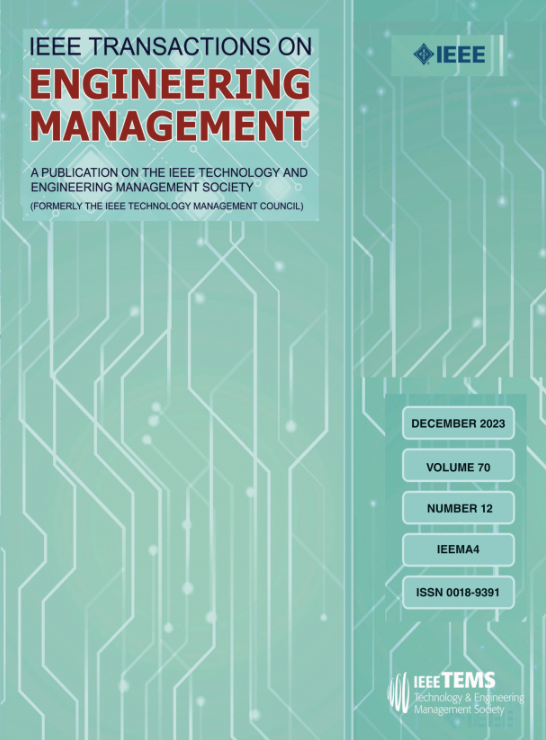区块链技术对血液供应链社会方面的影响:模拟优化方法
IF 4.6
3区 管理学
Q1 BUSINESS
引用次数: 0
摘要
以往与区块链技术下的血液供应链相关的研究仅集中于区块链技术在该链条中的管理作用,尚未使用定量建模方法进行系统研究。本文采用仿真优化方法,首次将优化技术融入仿真建模和分析中,重点研究基于区块链技术的血液供应链的发展。在系统动力学方法中,通过研究影响献血者行为的服务质量和社会方面等因素,在区块链技术下模拟了主要决策,包括分配给所有医院的血小板总量和献血者数量。探讨了各种政策,以评估其对血液供求的影响。然后,本研究引入了一个利用数据包络分析(DEA)的生物目标数学模型,以优化基于效率的医院血小板公平分配。动态模型的输出(分配给医院的血小板总量)和 DEA 模型的输出(选定医院的效率)作为参数输入生物目标模型。区块链技术的集成使管理者能够提高每个阶段的可追溯性,采用区块链技术的系统使捐赠者的参与率分别提高了 6%、3% 和 12%。本文章由计算机程序翻译,如有差异,请以英文原文为准。
Impact of Blockchain Technology on Social Aspects of Blood Supply Chain: A Simulation–Optimization Approach
Previous studies related to the blood supply chain under blockchain technology have concentrated solely on the managerial role of blockchain technology in this chain, and no systematic examination has been conducted using quantitative modeling methods. In this article, we focus on developing a blood supply chain based on blockchain technology using a simulation–optimization approach that integrates optimization techniques into simulation modeling and analysis for the first time. In the system dynamics approach, by examining factors, such as service quality, and social aspects that impact donors’ behavior, the main decisions, including the total amount of platelets that are distributed to all hospitals and the number of donors, are simulated under blockchain technology. Various policies are explored to evaluate their effect on the blood supply and demand. Then, this study introduces a biobjective mathematical model utilizing data envelopment analysis (DEA) to optimize the fair distribution of platelets to hospitals based on their efficiency. The outputs of the dynamics model (total platelets distributed to hospitals) and the DEA model (efficiency of selected hospitals) are entered into the biobjective model as parameters. The integration of blockchain technology allows managers to improve traceability at every stage, and the system with blockchain technology increases donor participation by 6%, 3%, and 12%.
求助全文
通过发布文献求助,成功后即可免费获取论文全文。
去求助
来源期刊

IEEE Transactions on Engineering Management
管理科学-工程:工业
CiteScore
10.30
自引率
19.00%
发文量
604
审稿时长
5.3 months
期刊介绍:
Management of technical functions such as research, development, and engineering in industry, government, university, and other settings. Emphasis is on studies carried on within an organization to help in decision making or policy formation for RD&E.
 求助内容:
求助内容: 应助结果提醒方式:
应助结果提醒方式:


